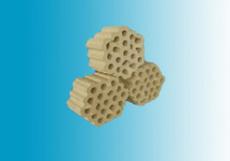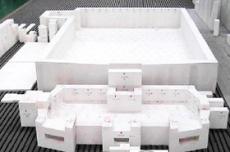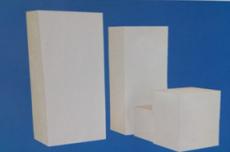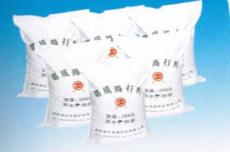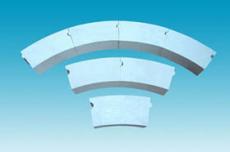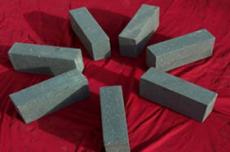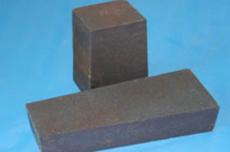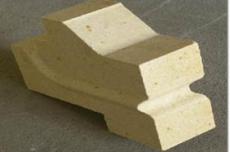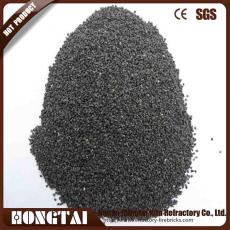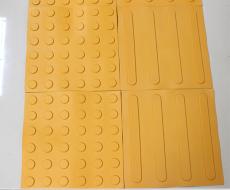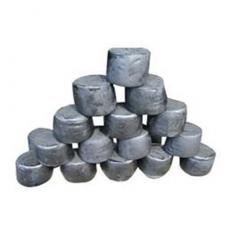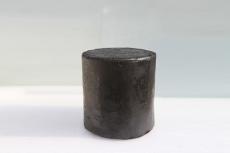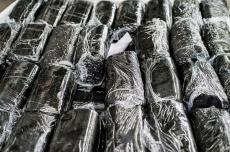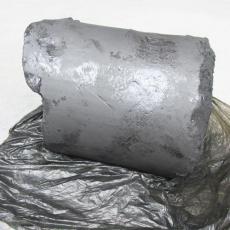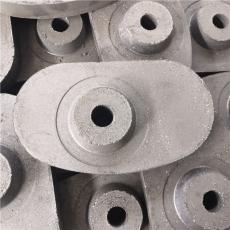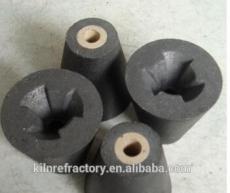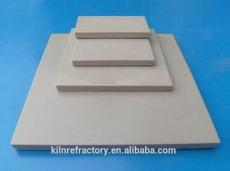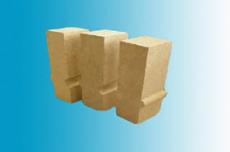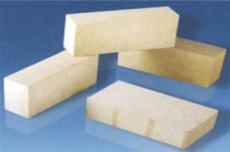
What precautions should be taken when using corundum-mullite refractory castable?
During the production of corundum-mullite refractory castable, numerous precautions must be taken regarding material handling, construction conditions, and work processes. The following points are detailed: Proper material storage: Corundum and mullite refractory castable must be stored in a dry, well-ventilated warehouse to prevent moisture penetration. Materials from different batches or specifications must be stored separately and labeled to prevent mixing.
Strict batch control: Material batches must be controlled in accordance with the requirements of the product manual, and the mixing ratio of each raw material and the amount of water added must be precisely controlled. Particular attention must be paid to the amount of additives used. Overmixing or undermixing can affect the refractory castable's performance. Prevent the entry of impurities: During handling, storage, and use of the material, impurities such as dirt, sand, gravel, and oil must be prevented from entering the refractory castable. Otherwise, its strength and fire resistance will be reduced.
Construction site temperature control: Construction site temperatures must be maintained within a range of 5 to 35°C. If the temperature is too low, the refractory castable's setting time will increase, causing frost damage and a deterioration in its performance characteristics. Conversely, if the temperature is too high, water will evaporate too quickly, causing the refractory castable to dry out and shrink excessively, leading to cracks.
Humidity requirements: The ambient humidity should not be excessively high. Avoid installation during rainy weather or in areas with humidity levels above 80%. High humidity prevents water from evaporating from the refractory castable, which not only delays setting and curing, but can also cause problems such as surface alkalization.
Installation Instructions: Secure Template Installation: The template must be securely installed and well supported. This ensures there are no deformations, shifts, or leaks during the injection process. The size and shape of the template must meet the design requirements, and the joints must be strong and uniform.
Uniform Mixing: If using mechanical mixing, allow sufficient time for the mixture to be thoroughly mixed and achieve a uniform color. Carefully monitor the condition of the refractory castable mixes during mixing and make adjustments immediately if any deviations are noticed.
Vibration and Compaction: When vibrating, the vibrating attachment is inserted quickly and withdrawn slowly. The vibrating bars are evenly distributed, thus avoiding any vibration loss or excessive vibration. Particular attention should be paid to vibration in areas such as corners and edges to ensure that the refractory castable is dense and free of pores and cellular surfaces.
Avoid over-application: Whenever possible, complete the pouring process in a single pass to avoid multiple repairs or layers. Too many layers or finishes can damage the surface structure of the refractory castable and affect its performance characteristics.
What to do if construction is interrupted: If construction is interrupted and the initial setting time of the castable refractory has passed, vibrate and compact the poured but uncured area, then cover it with a plastic film or a damp straw mat. If construction is to continue, the cured area must be cleaned and roughened, a bonding agent must be applied, and then new refractory castable mixes must be installed to ensure a good bond between the two layers. Timely maintenance during repair and dismantling: Maintenance must be performed immediately after pouring, and the maintenance method must meet the requirements. During the maintenance period, special personnel must be assigned to periodically check humidity and temperature to ensure that the maintenance conditions meet the refractory castable curing requirements.
Proper demolding: The demolding time must be determined based on the degree of curing and hardening of the casting. Generally, the formwork can be removed 24 to 48 hours after pouring, but the exact time frame must be specified in the product's user manual and under actual construction conditions. When removing the formwork, be careful not to damage the surface or edges of the refractory castable mix.
The installer must strictly follow installation specifications and work procedures to ensure the quality of the refractory castable installation.n of corundum-mullita and ensure its good desempeño even in high temperature conditions.
